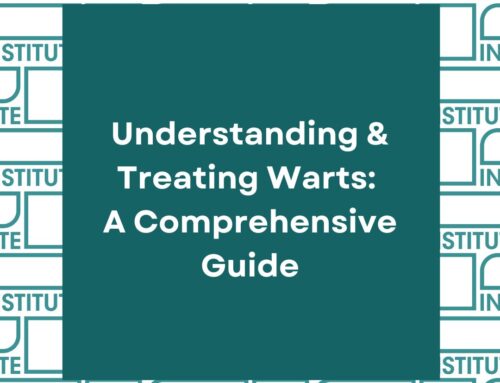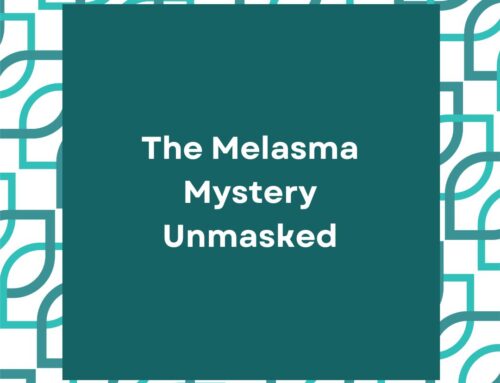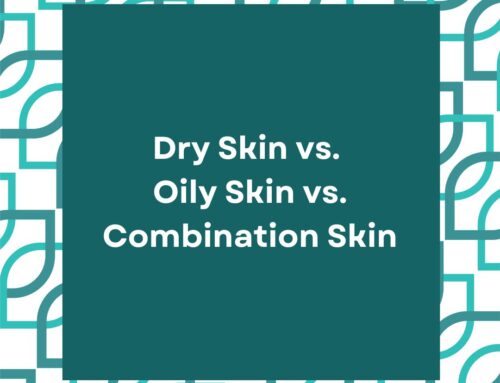What is Monkeypox?
The monkeypox virus pandemic continues to worsen in the United States, with nearly 6,000 cases being reported across the country. Nearly half of all monkeypox cases have been recorded in California, New York, and Illinois, where the three most highly populated cities are located.
Currently, we have little evidence showing where the 2022 monkeypox outbreak originated.
Monkeypox belongs to the same family of viruses as smallpox. The rash that arises from both viruses are very clinically similar: raised, round bumps with umbilication (dimpled center) that can appear anywhere on the body, usually starting with the face and extremities before spreading towards the center of the body.
This 2022 monkeypox outbreak, however, has observed more cases where lesions are appearing around the ano-genital region first before spreading to the extremities. These bumps continue to progress in stages: vesicles (fluid-filled sacs), pustules (pus-filled sacs), and crusts (scabs). The total incubation period – in other words, how long it takes for the bumps to go away completely – is around 12 to 14 days.
The primary mode of transmission is through direct contact with bodily fluids via social and sexual contact. Monkeypox can also be spread through indirect contact with contaminated materials. Contact with skin lesions can lead to viral transmission. Patients with lesions that have crusted, fallen off, healed over completely are considered non-contagious.
Does monkeypox cause scars?
If not well controlled at an early stage, monkeypox has a high likelihood of causing scarring. Monkeypox scars closely resemble chicken pox scars and smallpox scars
On the face, they typically show up as skin depressions, also known as atrophic scars. These scars are caused by the net loss of collagen during the wound healing process, leading to thinning of the dermis. Around highly mobile, jointed areas, such as the jaw, shoulders, elbows, and knees, monkeypox scars may become tough and raised, characteristic of hypertrophic or keloid scars.
Unlike atrophic scars, hypertrophic or keloid scars are caused by excessive collagen production, causing the affected dermis to be thicker relative to the surrounding healthy skin.
Scarring can appear in a delayed fashion. If you have recently recovered from monkeypox, it is important to ensure that you seek advice from a dermatologist to ensure that you heal with minimal scarring.
A common mistake that patients make is that many assume that they do not require further medical intervention after their rash lesions have flattened. Typically, there is residual inflammation that could lead to imbalance in collagen production, causing these flattened marks to dip or raise over time.
What treatments are available for monkeypox scarring?
The best treatment for monkeypox scars is dependent on the nature of the scars themselves – for instance, whether they are atrophic or hypertrophic. For dipped or atrophic scars, treatments that are designed to “lift” scars provide the best results. These treatments include:
- Subcision
- Laser Resurfacing
- Microneedling
- Radiofrequency Microneedling
- Fillers
- Chemical Peels

For hypertrophic scars, the following treatments are effective for flattening raised skin lesions:
- Intralesional injections
- Cortisone injections
- Bleomycin injections
- Dermabrasion
- Microdermabrasion
- Pressure therapy
In cases where scarring covers a large surface area, our surgical scar revision may be needed to achieve substantial correction. Nevertheless, most patients will notice significant improvement in the appearance of their scarring with the standard treatment approaches listed above.
The Scar Healing Institute provides the latest and most advanced scar treatment technologies for various types of scars, including monkeypox scars. To determine if you are a candidate for the best scar treatments in California, contact our team of top dermatologists to create a customized treatment plan for you TODAY!
Scar Healing Institute is The Best Scar Treatment Center in California
Schedule an Appointment
Scar Healing Institute
Scar Healing Institute is committed to developing the most effective treatments for scarring. Our team of scar revision specialists are continually inventing the latest technologies and formulas to deliver the best results for our patients.




